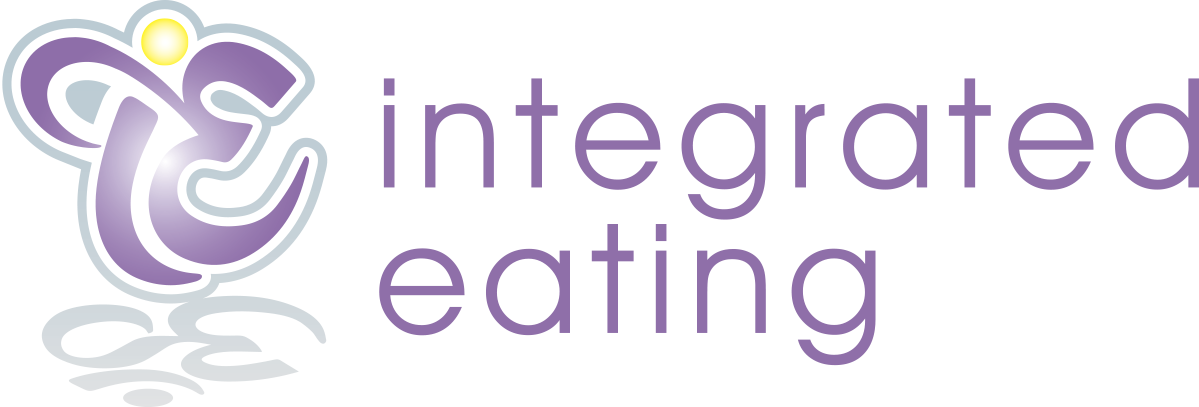Our Menstrual Cycles...
Talk about a love-hate relationship!
While the menstrual cycle innately allows the female body to reproduce, our relationship with it encompasses fertility, feminine balance and health. For this reason, it is a topic that should be addressed during routine medical care (although sometimes it isn’t).
This past May Victoria’s Secret model Romme Strijd spoke out about her infertility journey, one she stated she now believes was related to her intense exercise regimen and restrictive diet. “I think I pressured my body too much”, she posted on Instagram. This example highlights how the exercise and diet culture can negatively impact one of our most sacred female systems.
In eating disorder recovery, dysmennohrea (sporadic periods) or amenorrhea (absence of menstruation) are common. Between sixty six and 84% of women with anorexia experience amenorrhea or 3 months or longer however, we also see this in those with bulimia and other diagnoses. Younger clients may have a delayed onset of the menses due to an eating disorder (Muhlheim et al, 2020). Why does this happen? It happens, in this case, when the body doesn’t have enough energy to produce a cycle. This leads to a disruption in hormones, specifically ones that bring on the period.
We work with clients who straddle the weight and diagnosis spectrum with disrupted menstrual cycles. Exercise is often a culprit for cycle abnormalities. It has been an issue especially during quarantine as those with disordered eating and compulsive exercise issues struggle to keep their symptoms in check. As social media inundates us with exercise and weight loss programs the message to stay active at all costs is EVERYWHERE.
Recent research published in the Journal of the Endocrine Society studied exercise and menstruation in otherwise healthy women. The study found that exercising women with menstrual disruptions could bring on their periods by simply adding in 300-400 additional calories per day (Souza et al, 2019). Lead researcher Mary Jane De Souza states that this data applies to all exercising women (outside eating disorders). This highlights how important nutrition can be in restoring the period for women across the board.
The study took 62 young, exercising women with infrequent menstrual periods. 32 of them increased their calories by an average 300-400 calories a day. The other 30, the control group, maintained their exercise and eating habits for 12 months. Women who took in the additional calories, were shown to be twice as likely to have their period during the study than those who didn’t add additional food. It should be noted that the study did not mention or address if any of the women had a diagnosed eating disorder or disordered eating. This study reminds us of the following:
It is important to examine our bodies and its relationship to exercise. Do you find joy from exercise or does it feel like a chore? Are you able to take days off without feeling guilty?
If you have irregular periods and exercises many days of the week, please consider consulting your medical professional.
With the consultation of a nutritionist; it may be beneficial to add calories to your diet to evaluate if this supports menstrual restoration. According to this study, exercisers who lost their periods were able to resume normal menses with the addition of 300 calories per day. Here are examples of 300 calorie snacks: 1 cheese stick + 1 handful crackers, 1 Perfect Bar, half of a peanut butter and jelly sandwich, 1 yogurt with ¼ cup granola, etc.
Exercise can be a way to support wellbeing and positive body awareness. If exercise is creating unbalance in the body is it time to look more deeply at why and how much you are exercising.
References:
https://www.verywellmind.com/eating-disorders-periods-and-bone-health-3994438

